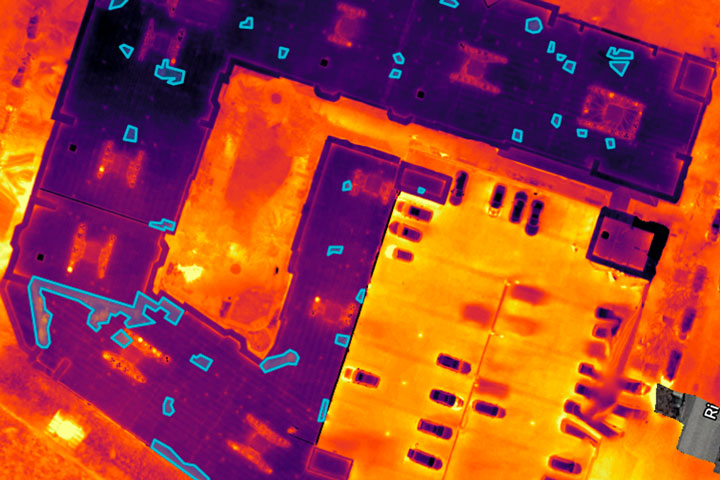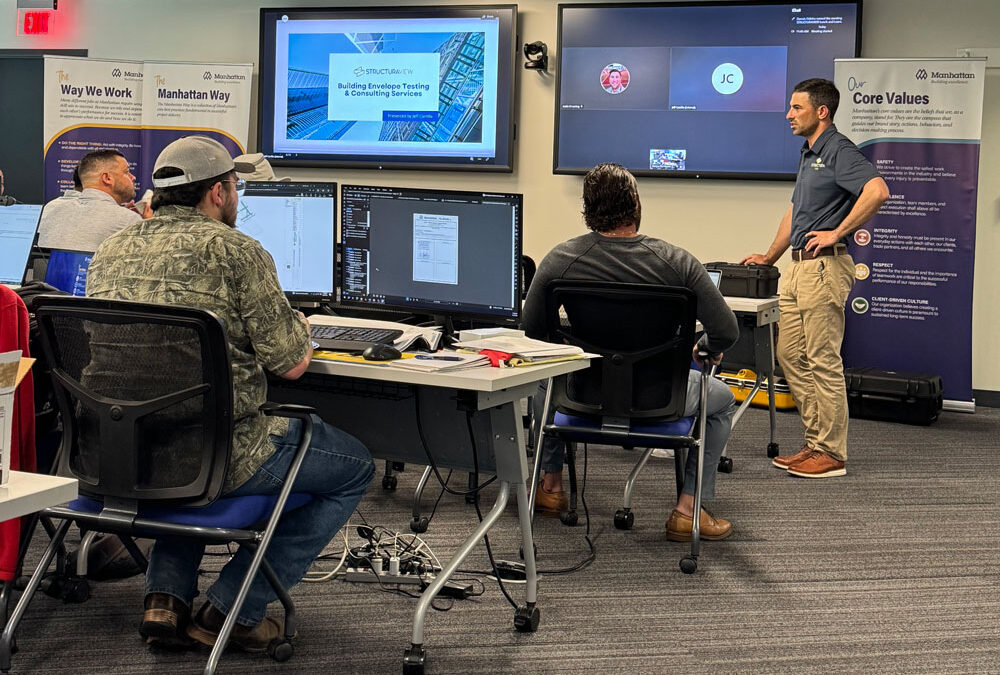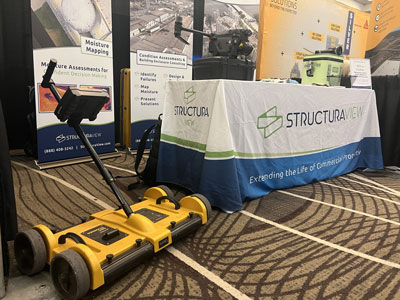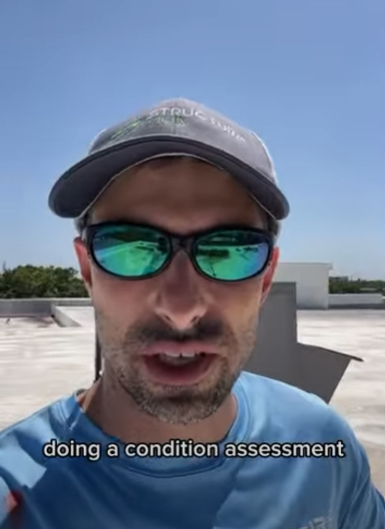This roof is an apartment complex located just off the river near Downtown Austin, TX. The engineer/ consulting firm involved with the project completed an initial condition assessment of the roof and determined the owner could benefit from having a moisture mapping survey to understand the extent of damage in this roof.
The consulting firm had determined from their initial physical inspection that some of the material welds in the modified bitumen membrane were failing on the roof. Around the failures they noted, they wanted to understand the extent of moisture intrusion and efficiently see if there were any other areas on the roof that were experiencing the same failure. They could have continued to physically inspect the roof and hope they found all the issues. Blindly walking the roof, especially considering all the small wet locations we found, would have likely resulted in missing some of the problematic areas. After further consideration, the consultant determined that performing a drone-based thermal moisture map was the most efficient and cost-effective way to observe all the areas current failures are taking place.
The first step to successfully mapping out the condition of the roof was to capture our drone RGB images to document and understand where ponding water is present, map out equipment, observe repairs, and more. Once that was completed, we then captured our thermal images documenting and studying where we suspected moisture in the roof. Once we mapped out a rough idea of where we suspected wet and dry areas, we put together our plan to physically inspect the roof and perform our TRAMEX moisture meter testing to further validate wet or dry areas without causing any damage to the roof.
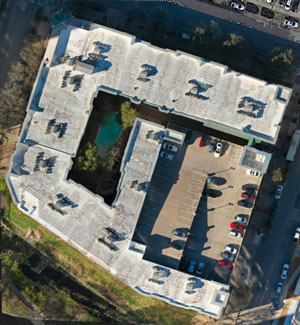
The test results matched up perfectly. We identified a total of 37 different locations on the roof where moisture was getting in the structure. Fortunately, most of the spots were small and moisture hadn’t spread throughout the roof too much, but a lot of problems did exist throughout the roof. All the areas we suspected to be wet or dry tested accordingly with the moisture meter survey. The total amount of moisture calculate was 1,703 square feet and the total size of the roof was 39,624 square feet.
The consultant had concluded that the material was failing throughout the roof. The roof was not very old and still well within its warranty period. The property management company decided to pursue trying to get the manufacturer to warrant the proper replacement of the roof.
Performing non-destructive testing on commercial roofs to map out the presence of internal moisture content is our specialty. We understand how to properly and efficiently test various commercial roof structures to provide you with accurate results that bring value to the project.
